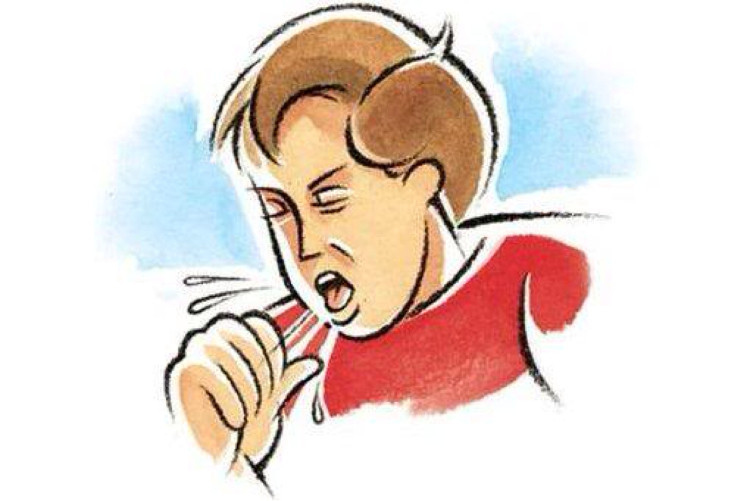Cold weather, children are more susceptible to upper respiratory infections
The upper respiratory tract including the nose, pharynx, throat, sinuses and larynx is prone to inflammation during cold weather.
According to CIH, upper respiratory infection in children is a common disease and seasonal changes, in which autumn and winter are the most explosive time. Upper respiratory infections are all infections from the anterior nasal cavity to the larynx, including the nose, throat, throat, sinuses and larynx. These are the outer organs that come into direct contact with the air, which function mainly as screening, heating the air to bring it into the lungs. Therefore, these parts are very sensitive to the change of elements from the surrounding environment.
On the other hand, when in the cold season, the immunity of the human body is often reduced, reacting a lot, so viruses and bacteria easily adhere to the upper respiratory tract and cause disease.

Upper respiratory infections are all infections from the anterior nasal cavity to the larynx, including the nose, throat, throat, sinuses and larynx.(Artwork: Scholaryanswers).
Young children are more susceptible to inflammation of the upper respiratory tract because of their weak resistance, susceptibility to pathogens. This disease is not too dangerous, but it is worrisome to relapse, affecting children's health and physical and mental development. Common symptoms of upper respiratory infections are cough, runny nose, nasal congestion, continuous sneezing, high fever, headache, fatigue, hoarseness .
In addition, some other groups are also vulnerable such as the elderly, pregnant women, people with weak resistance, new illnesses, severe illnesses such as AIDS, malnutrition . Germs that cause upper respiratory tract infection can spread. down the lower respiratory tract if the patient does not know how to prevent and clean.
Doctors advise parents when children have respiratory infections on a fever of 39 degrees or higher should use antipyretics immediately. Measure every 30 to 60 minutes the temperature once or whenever your baby's body gets hotter.
Note: Do not use ice or cold water to cool your child, as cold water hampers the body's heat loss, causing children to have a higher, more dangerous fever. Absolutely not let your child be high and prolonged fever, do not arbitrarily buy medicine to treat under the advice of people without expertise.
If the child has too much runny nose, it is recommended to use drops or nasal spray. Can use nasal physiological saline to clean, clear the nose before feeding, feeding. Ideally, parents should consult a pharmacist or a doctor to choose the appropriate spray for the child.
To keep the neck warm, reduce cough, reduce nasal discharge, so keep the neck warm for the baby, especially in the early morning and late afternoon. If your doctor prescribes antibiotics for your child, you should use nutritional supplements to increase resistance, help your child recover quickly. Give your child normal eating during illness, increase eating green vegetables, drink filtered water and fruit juice, avoid abstinence.
- Be careful of infections when it is cold
- Deal with 4 common diseases of hot season in young children
- Experts talk about the danger of eating ice cream in hot weather
- Prevent cough before cold weather
- Mold can cause respiratory disease
- The house is too clean to make children easily sick
- Illnesses and child accidents often encounter Tet
- Those who are susceptible to respiratory disease when the rainy season comes
- Children often encounter Winter-Spring season and preventive methods
- 4 warm 1 cold rule protects children in cold 7 days
- Urinary tract infections: women are more susceptible than men
- The warm sun has a cold day,
 Green tea cleans teeth better than mouthwash?
Green tea cleans teeth better than mouthwash? Death kiss: This is why you should not let anyone kiss your baby's lips
Death kiss: This is why you should not let anyone kiss your baby's lips What is salmonellosis?
What is salmonellosis? Caution should be exercised when using aloe vera through eating and drinking
Caution should be exercised when using aloe vera through eating and drinking